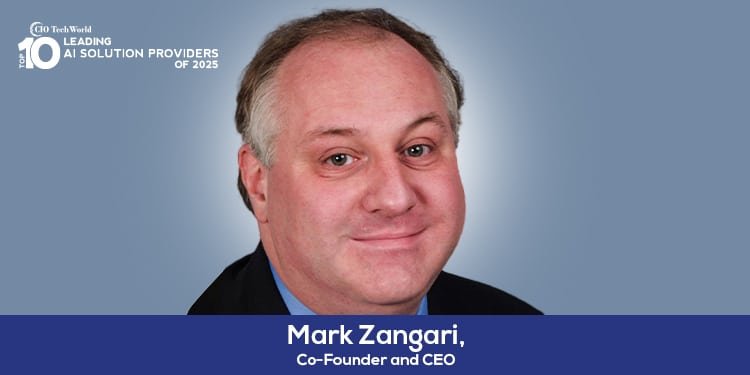In today’s construction industry, effective data management is essential for successful project delivery. With the increasing complexity of construction projects, teams must have access to accurate and timely information at every stage.
Common data environments help construction projects collaborate and share data efficiently through a centralized digital space. This approach is crucial for maintaining smooth communication, minimizing errors, and improving project outcomes.
What Is a Common Data Environment?
A common data environment is a single, shared platform that houses all the information and data related to a construction project. It serves as a central hub where all project teams—including architects, engineers, contractors, and subcontractors—can store, manage, and access critical documents and files. common data environments integrate different software tools and systems, helping project data remain consistent and accessible to everyone involved.
Streamlining Collaboration Across Teams
One major benefit of using a common data environment is its ability to streamline collaboration among diverse teams. Construction projects often involve multiple parties working together from different locations and time zones.
A common data environment allows teams to access up-to-date documents and share feedback in real-time, leading to faster decision-making and reduced delays. The centralized nature of the system helps everyone work with the same information, reducing the risk of discrepancies and rework.
Enhancing Data Security and Access Control
Another critical advantage of common data environments is their ability to enhance data security. Construction projects involve the exchange of sensitive information, such as building designs, contracts, and financial data.
A well-implemented common data environment protects this information from unauthorized access or potential breaches. Strong security protocols, such as encryption and multi-factor authentication, safeguard sensitive data, making it accessible to authorized personnel only.
Moreover, common data environments allow for precise access control. Project managers can define who can view, edit, or delete specific files, ensuring that only the right people have access to crucial information.
This level of control reduces the risk of errors caused by incorrect data input or sharing while also protecting intellectual property and confidential business information. A secure common data environment offers an effective solution for construction managers looking to build a resilient business culture with cybersecurity.
Strong Data Collection Practices
common data environments must support good data collection practices to provide maximum benefits. They must contain precise information with minimal room for errors. Construction managers must recognize the characteristics of good data collection and ensure all data follows a standard format that stakeholders can easily interpret.
Improved Decision-Making and Project Outcomes
Ultimately, integrating a common data environment leads to improved decision-making and better project outcomes. By providing stakeholders with access to real-time, accurate data, construction managers can make informed decisions quickly.
Additionally, common data environments foster greater transparency, as all parties can see the same data and track the project’s progress. This transparency helps prevent misunderstandings and ensures that all team members are on the same page. In turn, this leads to improved efficiency, cost savings, and the timely delivery of high-quality projects.
As the construction industry continues to embrace digital transformation, the importance of enhanced collaboration, strong data security, and increased data collection will only grow. Common data environments help construction projects manage outcomes and create more efficient workplaces. This advanced platform also helps construction managers enjoy better decision-making and faster project completion timelines.
Read more:
Hacks To Enhance Your Remote Work Keyboard
Customer Experience in Modern Business: The Invisible Differentiator

I am the Senior Editor at CIO TechWorld. With over a decade of experience in the media and publishing industry, I specialize in research and collaborate with technology companies to bring their stories to life. Explore my articles on CIO TechWorld, where I offer unique perspectives on technology topics.








